Women
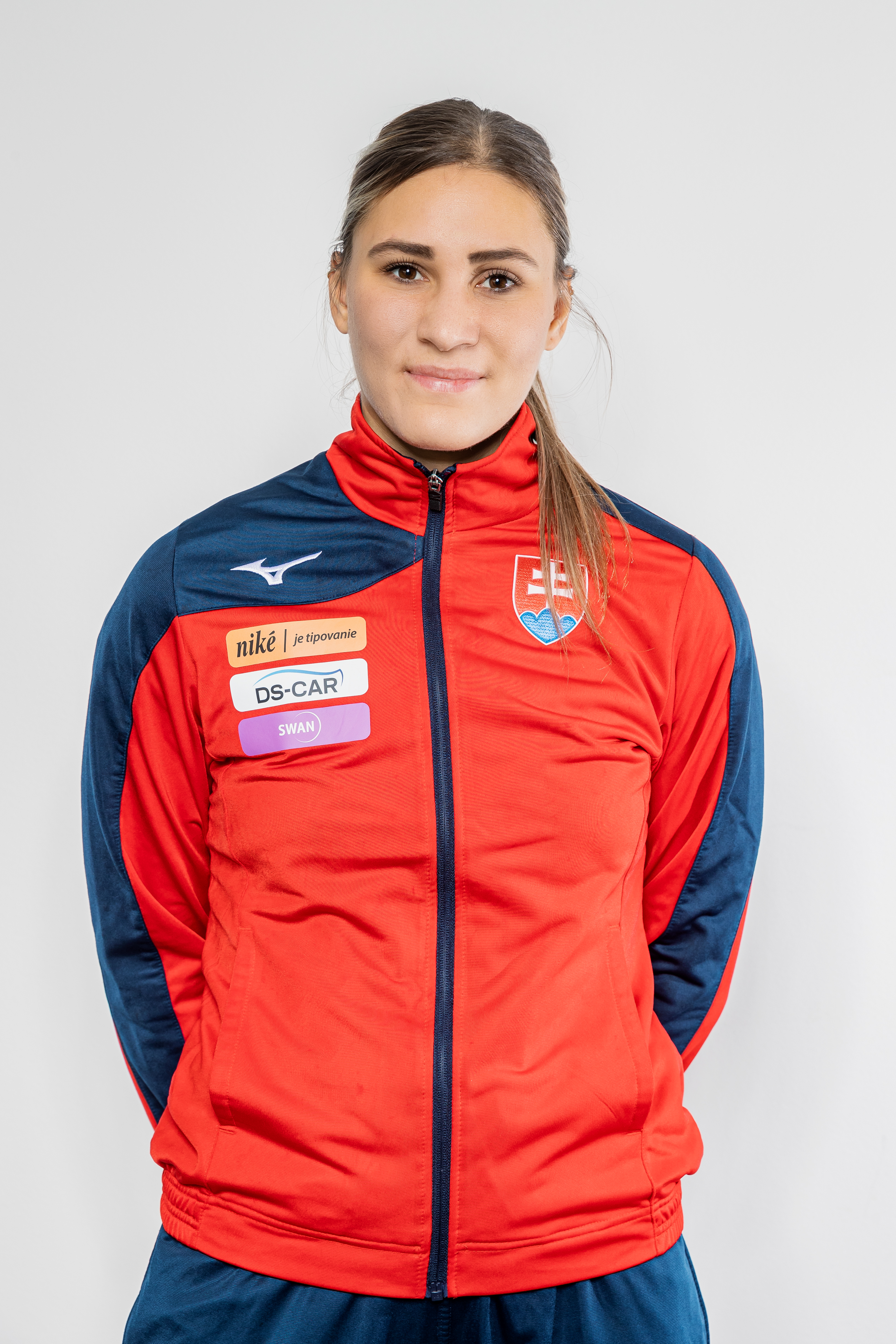
Karin BUJNOCHOVÁ
Profile
Country
Slovakia
Date of Birth
01 November 1994
Place of Birth
Age
30
Height
180 cm
Weight
73 kg

HK Slovan Duslo Sala
SVK
Lenka RATVAJSKÁ
Profile
Country
Slovakia
Date of Birth
18 September 2000
Place of Birth
Age
21
Height
169 cm
Weight
62 kg

HK Slovan Duslo Sala
SVK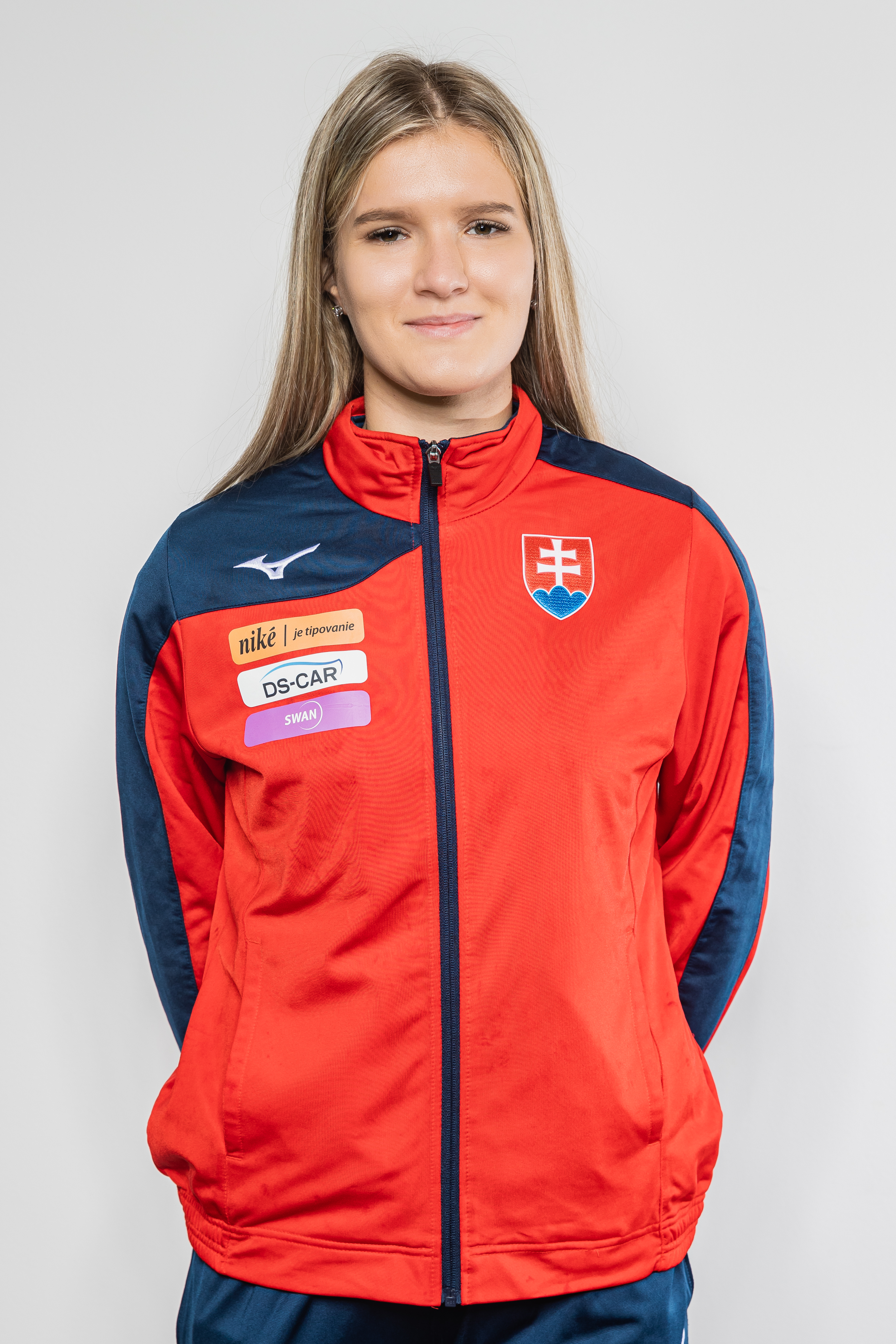
Bibiána ŠTEFANIKOVÁ
Profile
Country
Slovakia
Date of Birth
07 December 1998
Place of Birth
Age
22
Height
180 cm
Weight
74 kg

Iuventa Michalovce
SVK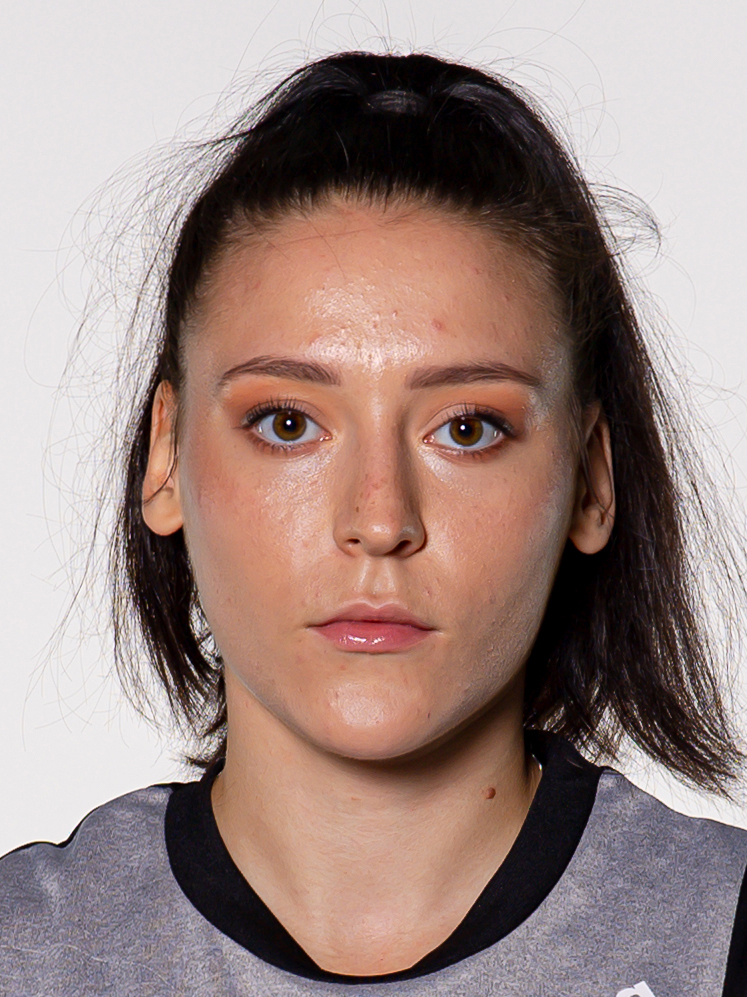
Zala MIKLIČ
Profile
Country
Slovenia
Date of Birth
13 September 2002
Place of Birth
Age
19
Height
159 cm
Weight
52 kg

RK Krim Mercator
SLO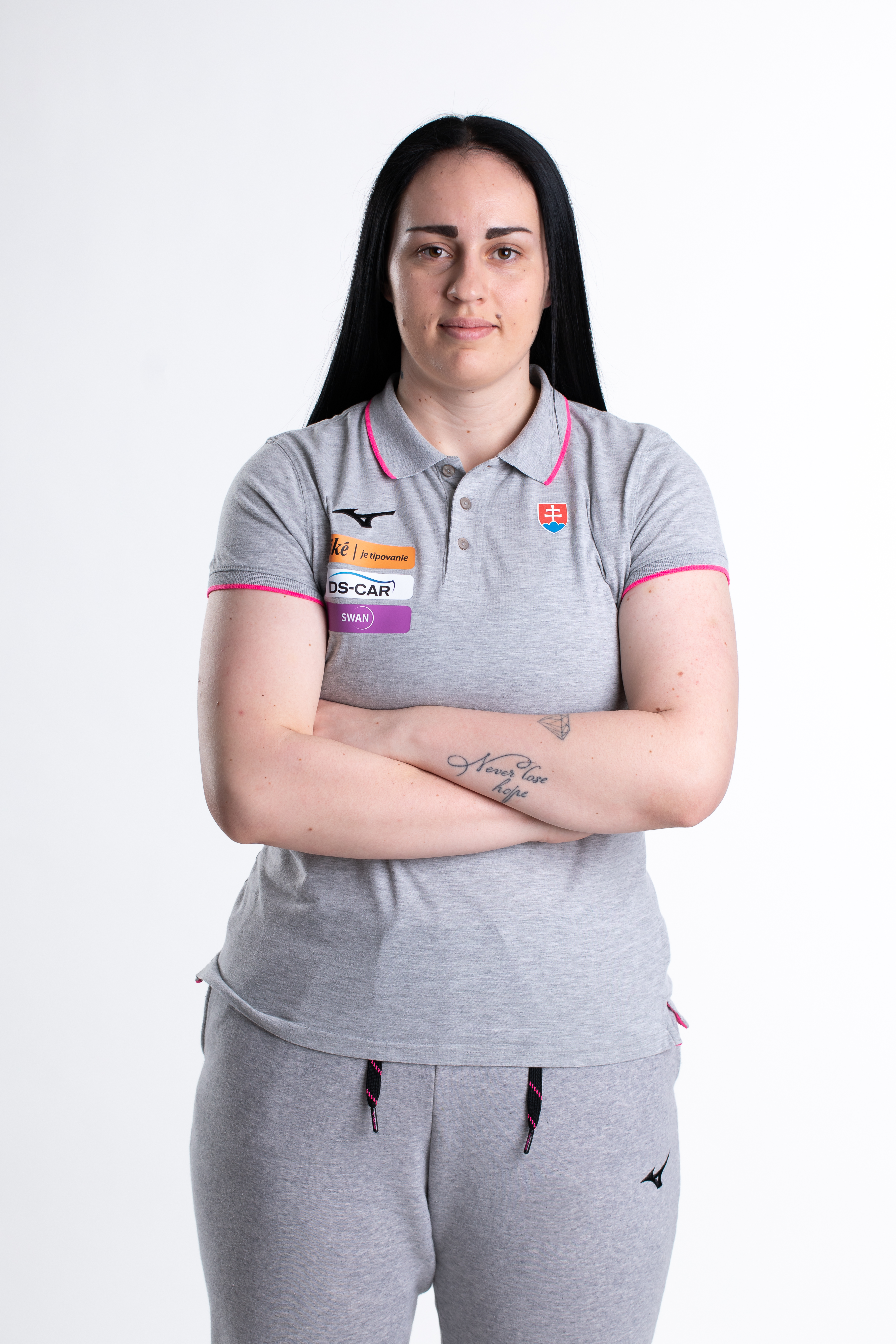
Nikoleta TRÚNKOVÁ
Profile
Country
Slovakia
Date of Birth
23 September 1998
Place of Birth
Age
24
Height
185 cm
Weight
89 kg

RK Lokomotiva-Zagreb
CRO
Natália NÉMETHOVÁ
Profile
Country
Slovakia
Date of Birth
02 December 1999
Place of Birth
Age
21
Height
180 cm
Weight
70 kg

HC DAC Dunajská Streda
SVK
Petra ŠKORICOVÁ
Profile
Country
Slovakia
Date of Birth
16 July 1999
Place of Birth
Age
22
Height
180 cm
Weight
75 kg

HSC Kreuzlingen
SUI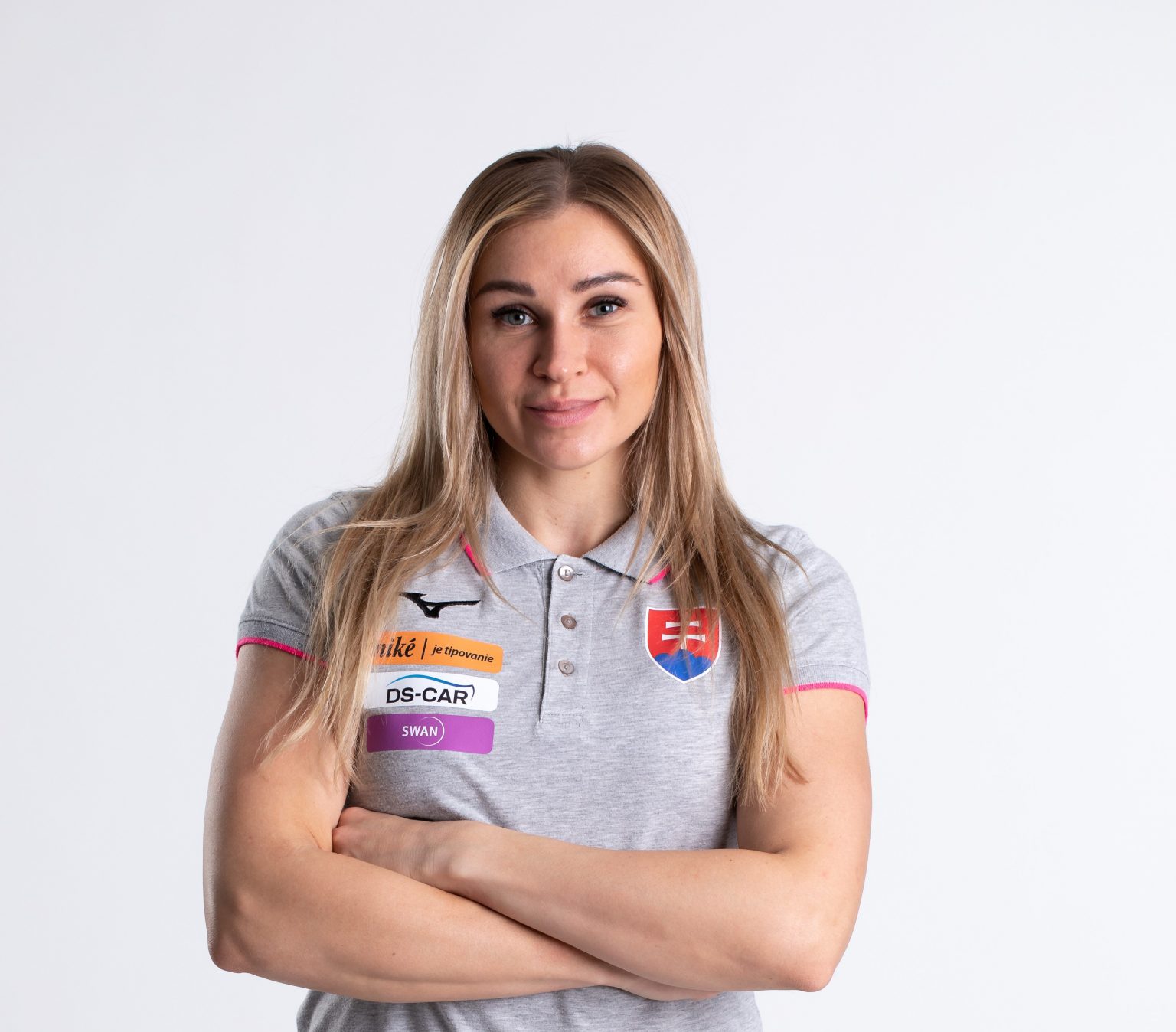
Simona SZARKOVÁ
Profile
Country
Slovakia
Date of Birth
02 January 1992
Place of Birth
Age
33
Height
174 cm
Weight
71 kg

SSWS Sport Kalisz
POL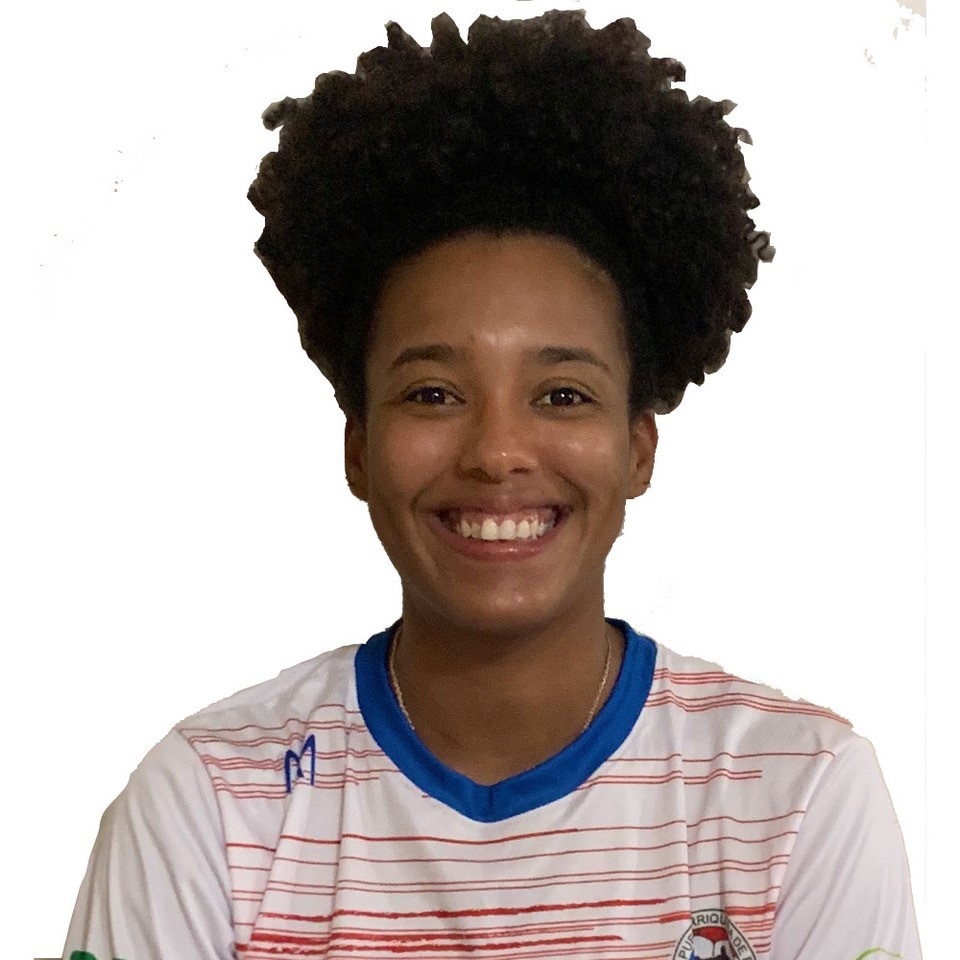
Zuleika FUENTES
Profile
Country
Puerto Rico
Date of Birth
29 June 1993
Place of Birth
Age
28
Height
158 cm
Weight
57 kg

C. Balonmano Pereda
ESP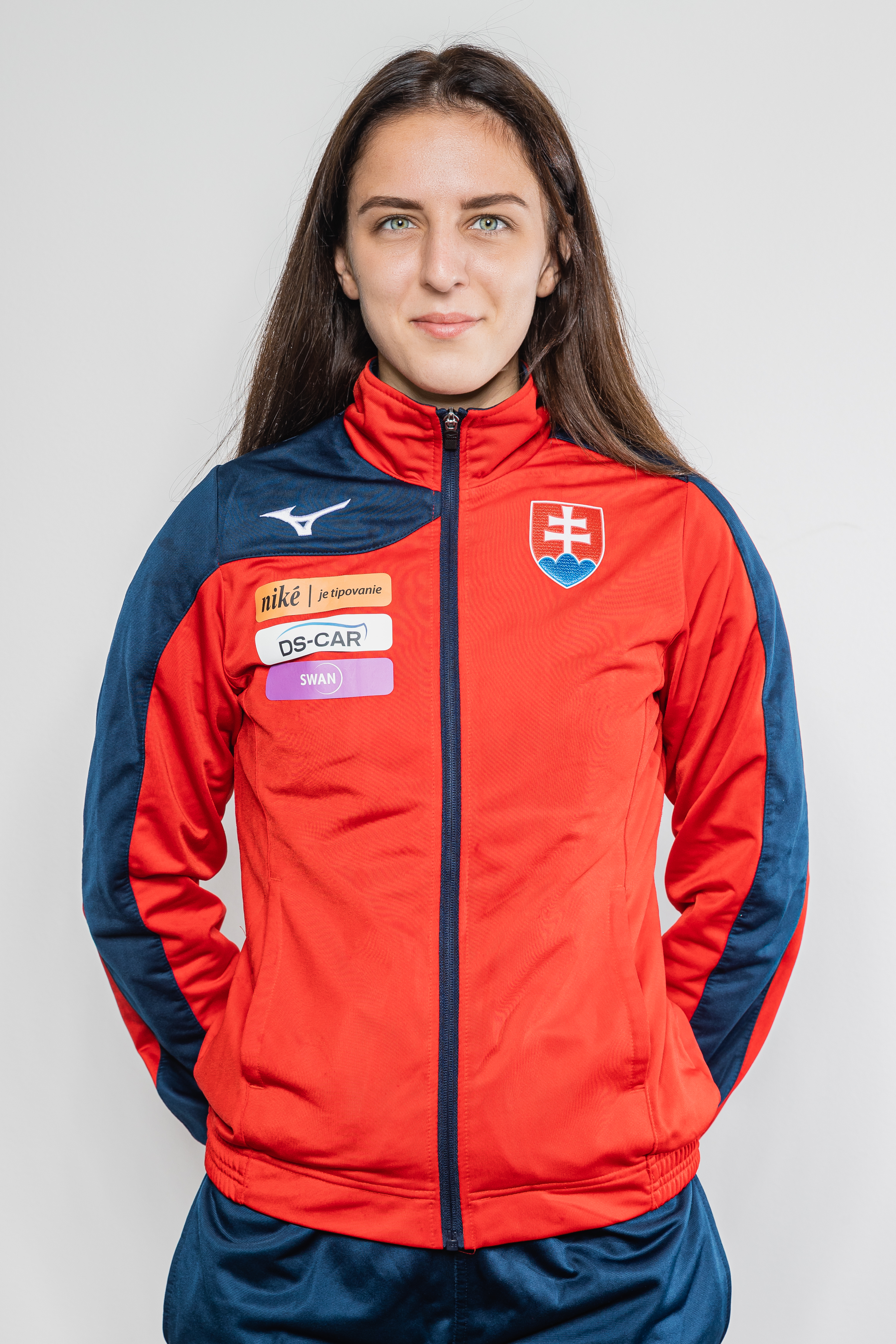
Adriána HOLEJOVÁ
Profile
Country
Slovakia
Date of Birth
11 February 1999
Place of Birth
Age
23
Height
172 cm
Weight
68 kg


